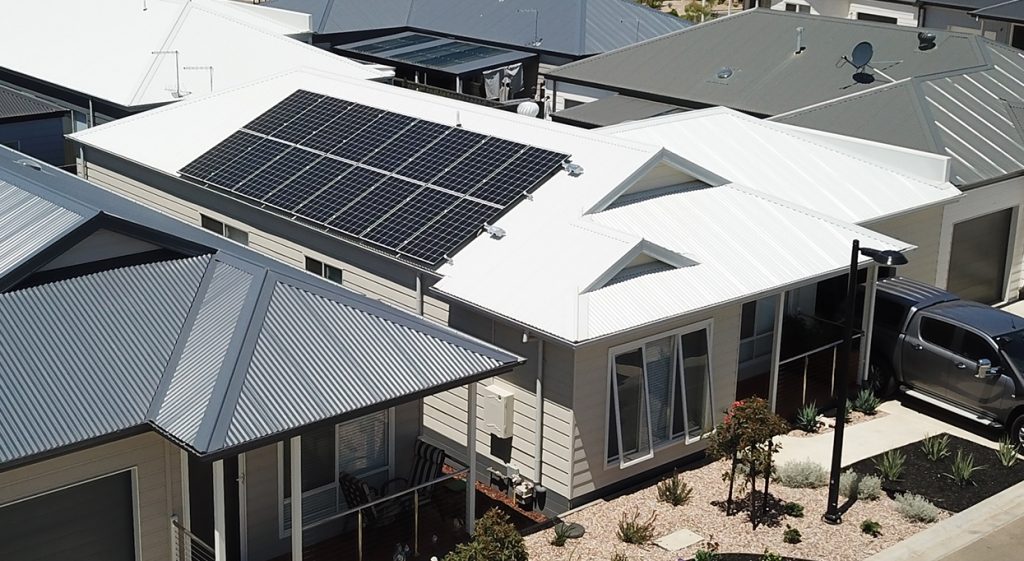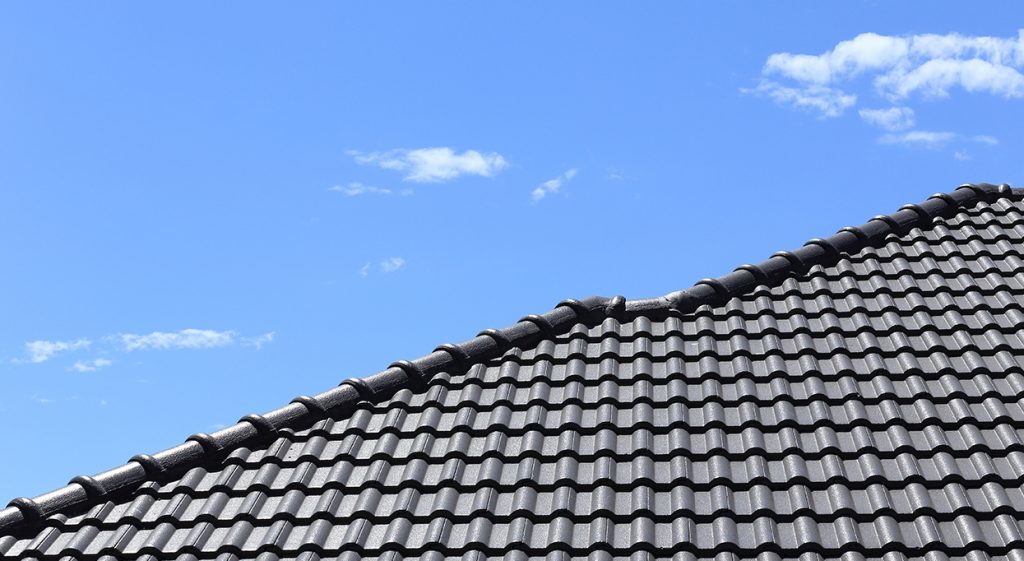
By now you’ve read the writing on the wall. Renewable energy is the future and the best time to invest is now. – so if you live in a Sydney home and haven’t yet installed solar panels on your roof, then it’s time to start reducing your electricity bill. Australia is the sunniest place on earth, which means that free energy is all around us when you install solar panels Sydney. All you need is the right tools to capture it. In this comprehensive buyer’s guide to solar panel installations, we delve into all the important details you need to know about investing in solar panels in Sydney, including the cost and current solar panel prices.
The Clean Energy Council has also created a guide to help Sydney homeowners with there decision to install solar panels.
There are many things to consider when assessing the cost of solar panels, such as your household energy consumption, whether there is shade on your roof, whether you need a battery add-on and how long it will take for the system to pay for itself. We therefore recommend that you check out our Sydney Solar Panel Deals and get a free quote from our specialists to determine which are the right panels for you.
The cost of solar panels will depend on the size and specifications of the system that you need. So let’s break down the best value options.
A 6.6kW Solar Panels on your Sydney home will cost you from $2,770. This size system is generally perfect for small to medium sized houses with average electricity consumption. These panels have an output of 26kWh (kilowatt-hour) per day. This price will get you a single phase solar panel system along with a 10 year warranty.
For larger homes, the 9.9kW solar panels are your best bet and the best value. This will cost you from $3,890 and boasts an impressive 38kWh output per day. As with the 6.6kW panels, these include a single phase solar panel system and a 10 year warranty.

Upgraded cells and inverters can increase the efficiency of your solar system and reduce your payback period. Two great options for those looking to increase the energy produced by their solar panels are:
Q Cells – Includes technology that can capture previously lost sunlight, helping to increase the output and efficiency of your system (Upgrade prices start from $3,300)
Solaredge Inverters – optimises the output of your panels by tracking the maximum efficiency points on your panels and configuring accordingly (Upgrade prices start from $1,850)
Sydney homeowners can still claim their solar rebate to reduce the cost of their new solar systems – but hurry because they’re set to decrease from January 1, 2021.
The Federal Government offers incentives to Australians looking to install solar power to help it achieve its Renewable Energy Target (RET). These incentives come in the form of Small-scale Technology Certificates (STCs), which are available to homes and businesses installing small-scale solar systems (under 100kW).
The amount you can save is determined by the amount of energy your system will produce – this varies depending on your location and the size of the system you purchase. The Government rebate scheme allows you to sell all of your STCs upfront in the form of a discount on your installation costs.
While it is possible to sell your STCs yourself, this method requires applications, fees and a lot of time. The simplest and fastest way to access your rebate is to allow your solar installer to sell your STCs on your behalf.
For an estimate on the amount you can save through the STC rebate, the Government provides a small generation unit calculator (note: this is an approximation).
To get a more exact quote on the rebate available to you, speak with one of our certified specialists today.
One of the best things about switching to solar energy is the massive savings to your energy bill and the fact that a Sydney solar power system will eventually pay for itself! This is one of the best incentives for investing in solar panels as early as possible. The sooner you get those panels on your roof, the sooner you can start reaping the benefits and watching those savings pile up.
The payback time for solar panels depends on a range of factors. Daytime energy use, whether you have battery storage capacity, the available sunshine hours, type of system you have, amount of roof shading, etc. Each of these make a difference to your energy savings.
Broadly, Australians can expect their solar panels to pay for themselves with 2 – 7 years of installation. Residents of New South Wales can expect to be on the quicker end of this spectrum due to the year-round sunshine.
While rates for feed in tariffs (the money you earn from supplying excess energy back into the grid) have dropped in recent years, they’re still a great way to reduce your electricity prices for those who are grid connected.
To get an idea of how much you can save, back in 2017 the first Australian to have a Tesla solar battery installed was shocked to discover he was saving 90% on his power bill. He is a resident of Sydney, New South Wales.
Once your system has completed the payback period, you will see massive savings from your reduced energy bill and feed in tariffs. These savings are dramatically improved with the addition of battery storage, which can allow owners to retain their excess solar energy and access it during periods of low sunshine, blackouts or higher energy needs.
The Clean Energy Council (CEC) have reported that an average Sydney solar system outputs approximately 3.9 kWh of energy per day for every kW of solar installed. This is compared to 3.6kWh in Melbourne.
A 7.2kW solar panel on your Sydney home would therefore produce about 28kWh per day while a 10kW panel would produce around 39kWh per day.
Solar batteries help you become energy independent. This gives you the power to store and access your own electricity, even when there’s a blackout and the grid is down. If your household does not use much energy during the day, then the solar power that your panels are capturing is disappearing into the grid. This can be hugely frustrating for those looking to get the most out of their solar power system.
Solar batteries are a great option for those with bi-facial panels or anyone looking to maximise their renewable energy capacity. While batteries can be expensive, investing in a battery add-on when you purchase your solar panels can save you a lot of upfront costs, and reduce your payback period for your system. Our 10kW battery add-ons are priced from $9,990, including a 10-year warranty.
Our philosophy for choosing the right solar for you is simple: the right solar is the solar that fits your home.
Determining which solar will fit your home requires you to answer 3 questions:
The size of your roof is important when deciding the right solar panels for your needs. When roof space is limited, Poly panels are not a good option because they produce less power for the same size panel. Therefore, to get the most out of your limited space, you would want to go with Mono panels.
If you have a large roof and relatively small energy requirements, then Poly panels may be the best option for you. Poly panels can be a cost-effective way to power your home if you’ve got plenty of roof space.
It is essential to understand the energy consumption. Also consider if you will be adding additional consumption to your home. Estimates and assumptions about your electricity use are often far from the truth. We recommend that you check your energy use over the last 5-10 years to get an accurate understanding of your usage and requirements. This knowledge can help our experts provide you with the right options for your home.
Important questions for you to answer are:
How many people live in your house?
How much energy do you use during the day?
What is your daily average consumption?
Will my power needs increase?
Do you want to oversize your solar panels to allow for solar batteries?
For small families with relatively low energy consumption, Poly panels will be perfectly suitable. However for homes with small roofs or high energy consumption, you’re generally going to need Mono or Bi-Facial panels.
Shade on your roof can limit the amount of sun your panels are exposed to. Sunshine will have a big impact on the amount of energy your solar system may be able to produce. Shade can be caused by trees, buildings or any objects that obstruct the sunlight on your home.
While a standard panel is partially shaded, the whole device can stop working.
If your roof is shaded or partly-shaded, do not despair. If you have shading, the best solar panel is a half cell technology. Using Solaredge solar panel optimisers will make each panel work to give the best result.
For houses with partial shading, half cell panels are a good option to consider. The advantage of the half cell is that if part of your panel is shaded, the rest will continue to work. Half cell panels are more durable, efficient and can reduce the negative impact of shading.
Optimisers are another great option for homes with shade. By monitoring the maximum power point (MPPT) of each panel, optimisers keep your device working at maximum efficiency. This can increase the energy produced by your system and reduce the effects of shading. While these are perfect for those with issues of shade, they do increase the cost of your system.

From January 1, 2020, the rebate will be going down. This will make the upfront cost of a solar system more expensive and increase the length of your payback period. Installing a solar panel system before christmas is the best way to maximise your investment.
Most days in summer you could fry an egg on your roof. Why not start putting that energy to good use! The summer months are the best time to start reaping the benefits of solar energy.
Want to power your air conditioner for free? Well install solar panels Syndey and you will be on your way. Solar panels are the best way to cut the cost of your electricity bill.
Make sure your solar panel installation is completed by a CEC Accredited Installer. CEC accreditation means that the installer is trained and certified. This will ensure your solar panels will meet all Australian standards as well as the industry’s best practices. Using a CEC accredited installer enables access to STC’s, a financial incentive offered as an upfront discount when you purchase your solar system. All Solar Run franchisees use CEC accredited installers. The list of CEC Accredited Installers is on this link.
Solar panels can save you many thousands of dollars over the course of their lifetime. They also greatly reducing the carbon footprint of your home. Solar systems are now more affordable and powerful than ever.
Government rebates currently make it cheaper to transition to solar. These discounts will start to go down from January 1, 2020. This means that switching to solar before Christmas will guarantee you the best return on your investment. The sooner you invest in solar panels, the sooner they can pay for themselves and start earning you money.
It’s important to do your research before making the commitment, so check out our solar panel reviews to get the best system for you.
We are available! Have a question? Text us here.
 Text Us
Text Us
Loving the information on this web site, you have done great job on the content.